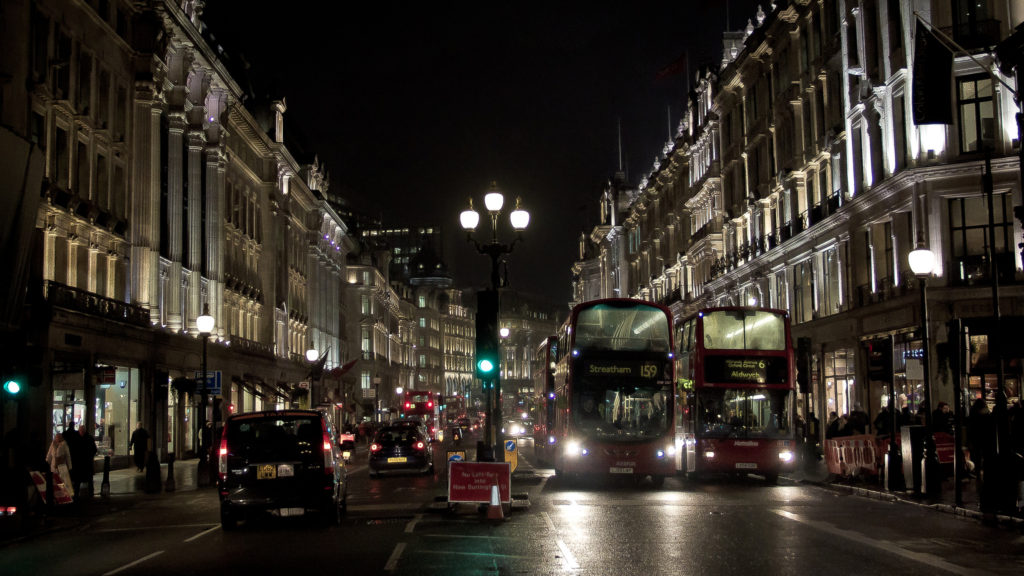
We have talked about the impact of light pollution on our ability to see stars and the Milky Way. We have also discussed its impact on our circadian rhythms. Recently, scientists in Great Britain published a report on the relationship between light pollution and the timing of when trees produce their buds. The results of the study suggest that light pollution is causing plants to jump the gun on spring.
The study showed that European ash trees tend to bud five days earlier in bright areas than those in darker areas. Other trees studied, including European sycamores, beech trees, and oaks, had their buds burst seven and a half days earlier under brighter conditions.
The researchers used data collected by citizen scientists over a 12-year period. They combined the tree observations with quantitative data on artificial light compiled under a meteorological satellite program. They also looked at air temperature data looking for other possible causes of early blooming. They were able to determine that there were definite correlations with the presence of artificial light.
Early blooming of trees can have significant effects on the surrounding ecosystem. Altering the plant cycles can throw dormancy out of whack, change growth patterns, and affect when trees drop their leaves and fruit. Light pollution can even cause trees to grow in the direction from which artificial light is shining on them.
We already know that light pollution affects wildlife. For example, when moths are drawn toward lights, predators follow and soon the moths get eaten and can’t serve their purposes in their ecosystem. Light pollution is just another way in which we are changing the natural order of things.
**********
Web Links
Too Much Light at Night Causes Spring to Come Early
Photo, posted February 11, 2013, courtesy of Hernan Pinera via Flickr.
‘Light Pollution and Spring’ from Earth Wise is a production of WAMC Northeast Public Radio.